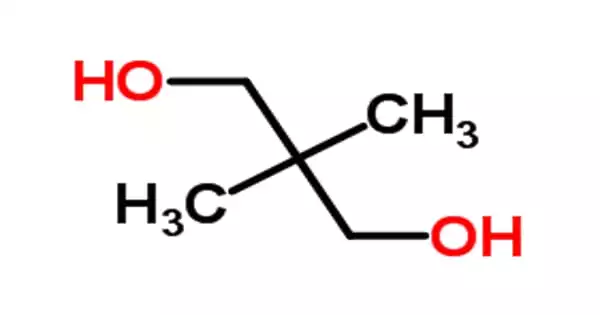Current severe heatwaves, which are expected to become more severe and frequent in the future, are fueling an increase in the use of air conditioners, which are threatening the environment due to their high energy consumption and refrigerants with high warming potential. According to a new study, switching to propane as a refrigerant could reduce the global temperature increase caused by space cooling.
We spend enormous amounts of energy fighting the heat in the summer, or all year in lower latitudes – roughly one-tenth of the total global electricity supply. If current temperature trends continue, space-cooling energy demands will more than triple by 2050. Aside from increasing energy consumption, space-coolers endanger the environment in a variety of ways: by using halogenated refrigerants with high global warming potential.
Split-air conditioners (Split ACs) that use an indoor and an outdoor air unit connected by pipes are the most common appliances used for space-cooling. They mostly utilize HCFC-22 and HFC-410 as refrigerants, both of them characterized by a very high global warming potential score, up to 2,256 — meaning that they trap up to 2,256 times more heat than carbon dioxide over 100 years. Urged by the Kigali Amendment to the Montreal Protocol, many manufacturers are looking for alternative refrigerants with lower global warming potential scores, such as HFC-32. However, with a global warming potential score of 771, HFC-32 still poses a significant climate hazard.
Propane has significant environmental benefits due to its high energy efficiency and global warming potential of less than one. Propane can be considered a technically viable alternative to HFC-driven split-ACs in split-ACs up to 7 kW.
Pallav Purohit
We spend massive amounts of energy fighting the heat in the summertime, or all year at lower latitudes—roughly one-tenth of the total global electrical energy supply. If current temperature trends continue, the demand for space-coolers will more than triple by 2050. Aside from increasing energy consumption, space-coolers also endanger the environment in a variety of ways, including the use of halogenated refrigerants with high global warming potential.
A study led by IIASA researcher Pallav Purohit in collaboration with researchers from the United Nations Environment Programme and the University of Leeds, showed that by switching to propane, an alternative low (<1) global warming potential refrigerant for space cooling, we could avoid a 0.09°C increase in global temperature by the end of the century, thereby making a significant contribution towards keeping the global temperature rise below 1.5 °C.

In the study, published in the Proceedings of the National Academy of Sciences (PNAS), researchers used the IIASA Greenhouse Gas — Air Pollution Interactions and Synergies (GAINS) model to compare baseline halogenated refrigerant emission scenarios with scenarios of switching to HFC-32 or propane. While switching to HFC-32 reduced global temperature rise (0.03°C by the end of the century), propane proved to be the superior solution in terms of sustainability.
“Propane has significant environmental benefits due to its high energy efficiency and global warming potential of less than one. Propane can be considered a technically viable alternative to HFC-driven split-ACs in split-ACs up to 7 kW” says Purohit,
Energy-efficient split-ACs powered by propane are already commercially available in the Chinese and Indian markets. Despite performing similarly to split-ACs using HFC-32 and even better than the currently popular appliances using HFC-410A and HCFC-22, some national regulations prohibit their use, owing to standards and codes restricting the use of higher flammability refrigerants, limiting their wider adoption.
“Early and aggressive action is required to meet the EU’s ambitious 2050 climate neutrality targets. In the short term, converting new air-conditioning systems to more environmentally friendly refrigerants can significantly reduce their climate impact, emphasizing the importance of policymakers updating standards” Purohit concludes.
















